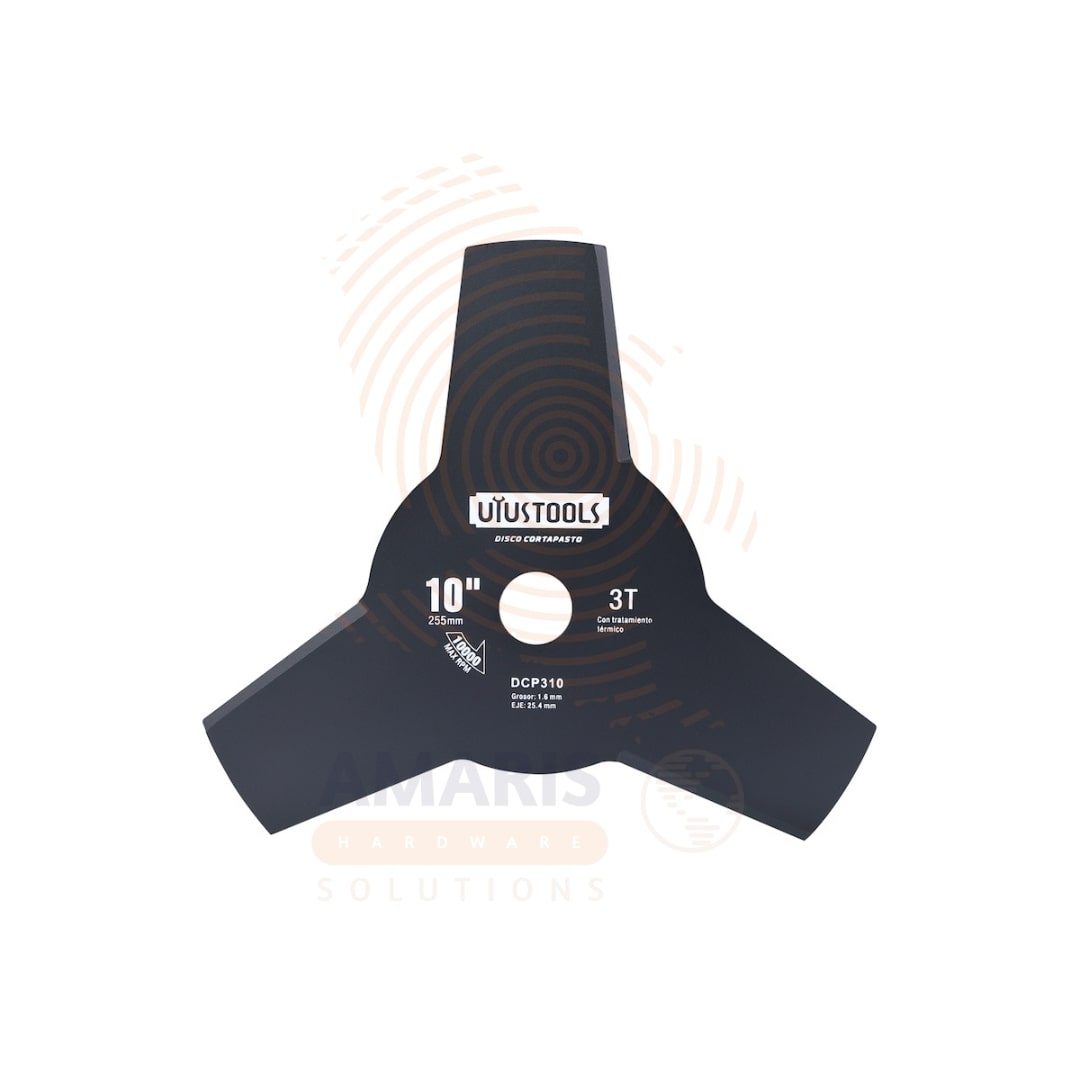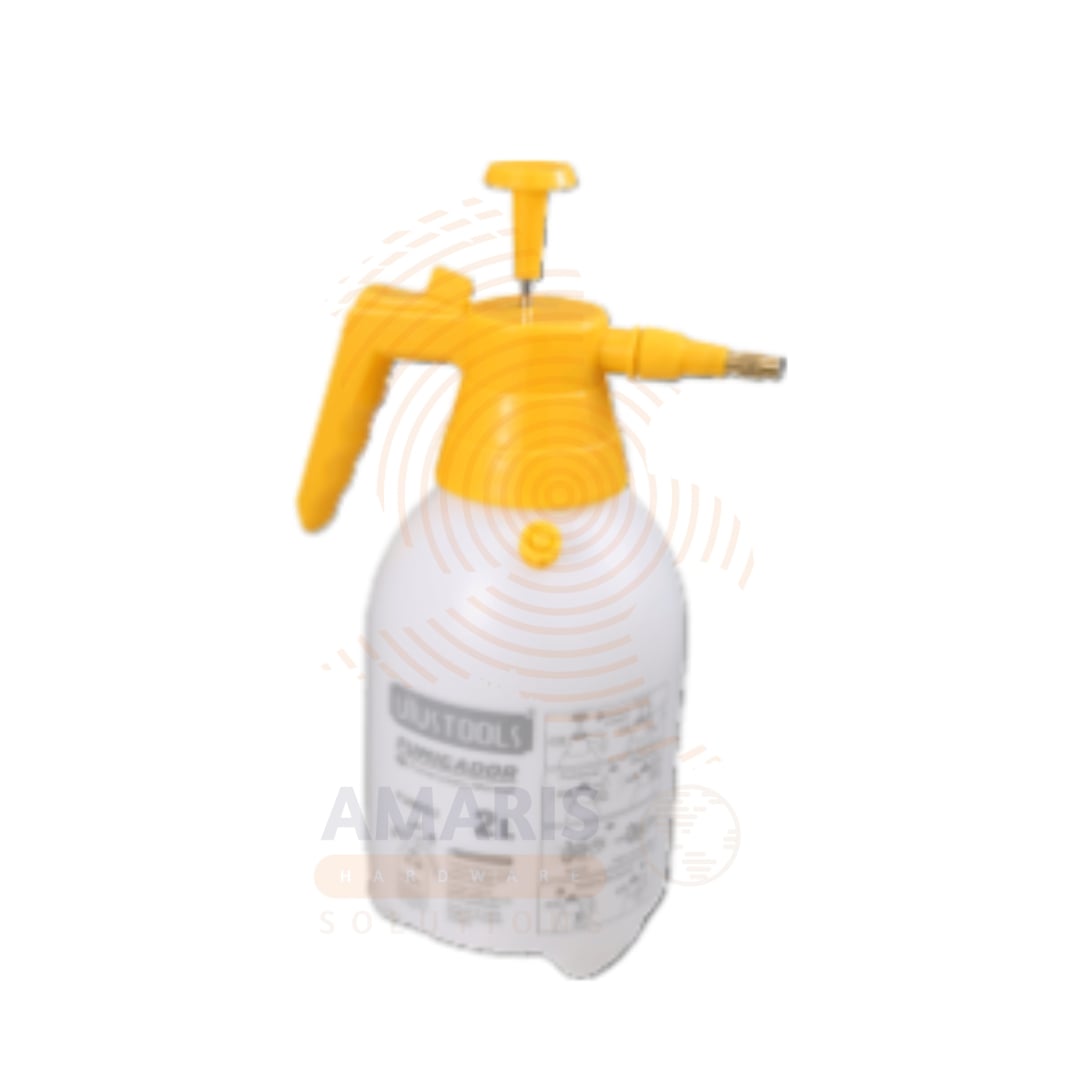If you’re diving into welding, you probably know about helmets, torches, and gloves. But there’s one unsung hero that often gets overlooked: the welding ground clamp! Without it, even the best setup falls apart. Let’s break down why this small, sturdy tool is absolutely essential for every welder—newbies and pros alike.
1. The Spark Starter: What Does a Ground Clamp Actually Do?
Think of the ground clamp as the foundation of your welding setup. The magic of welding happens through electrical circuits—like a miniature lightning bolt you control. The welding ground clamp closes this circuit by securing to your workpiece and directing current flow to where it needs to go. Without a ground clamp, that electrical circuit can’t complete, and the spark that creates a weld simply doesn’t happen.
In short, the ground clamp ensures your welder’s current flows smoothly through the metal, helping you make strong, clean welds. Imagine trying to weld with a leaky pipe—you’d lose pressure, right? The ground clamp prevents this kind of “electrical leakage” and makes sure your welding setup delivers maximum power.
2. Safety First: How the Ground Clamp Prevents Shock Hazards
Welding ground clamps aren’t just about performance; they’re also a key to safety. When your welding machine is operating without a proper ground connection, there’s a risk of electric shock. And trust me, a surprise zap isn’t the kind of thrill you want on the job. A solid ground clamp stabilises your entire welding circuit, lowering the risk of stray currents or sparks.
Imagine a runaway spark meeting your metal bench, or even worse, your hands—yikes! Using a ground clamp with a solid connection not only keeps you safe but also protects your equipment from accidental surges.
3. Consistency is Key: How a Good Clamp Improves Weld Quality
Let’s be real: there’s nothing worse than a weld that doesn’t hold up. Often, poor welds come down to an inconsistent or weak electrical flow. With a quality ground clamp, you ensure steady current, which is essential for a consistent arc. This translates to smoother weld beads, better fusion between metals, and overall better-looking welds that can withstand pressure. No one wants to go back and re-do a messy weld!
4. Efficiency Boost: Spend Less Time on Touch-Ups
A strong ground clamp with good conductivity reduces your welding time significantly. When you’re making clean welds on the first try, you save time, energy, and frustration. A sub-par clamp might force you to go back and fix weaker spots in your weld, but a solid clamp ensures you get it right in one go. Plus, fewer touch-ups mean less wear on your equipment, and over time, that means real savings on consumables.
5. Choosing the Right Ground Clamp: What to Look For
Not all ground clamps are created equal! Here are a few tips to help you pick the best one:
- Material Matters: Look for copper or brass clamps. These metals conduct electricity well, meaning a better, more consistent arc.
- Jaw Strength: A good ground clamp should have strong jaws that grip firmly to the workpiece, even on rusty or painted surfaces.
- Amperage Rating: Match your ground clamp’s rating to your welder. A clamp that’s rated too low can overheat, wear out, or even fail.
- Cable Compatibility: Make sure the clamp connects well to your welding cables. A loose connection can lead to “hot spots,” where the cable or clamp could melt or even catch fire!
6. Taking Care of Your Ground Clamp
A ground clamp that’s clean is a clamp that will last. After every job, give it a quick check. Wipe down the jaws to clear off any dirt, dust, or metal fragments. If you notice any buildup or corrosion, a bit of sandpaper can bring back its shine and conductivity.
Final Word: The Small Tool that Makes a Big Difference
It’s easy to take a welding ground clamp for granted, but this little powerhouse holds the entire operation together. Whether you’re building a backyard barbecue pit or crafting custom metal art, investing in a good-quality clamp is key to creating strong, lasting welds—and staying safe while you do it. So next time you get ready to strike an arc, give your ground clamp a little nod of respect.
 Bush Cutter Blade (12 pcs)
Bush Cutter Blade (12 pcs)
 Heavy Duty Pruner 8.5 (12 pcs)
Heavy Duty Pruner 8.5 (12 pcs)
 Lawn Saw Blade (12 pcs)
Lawn Saw Blade (12 pcs)
 Pump Sprayer 2L (12 pcs)
Pump Sprayer 2L (12 pcs)






